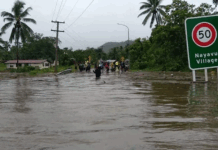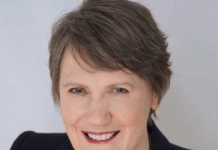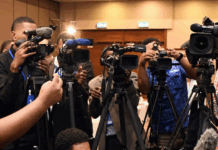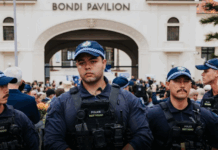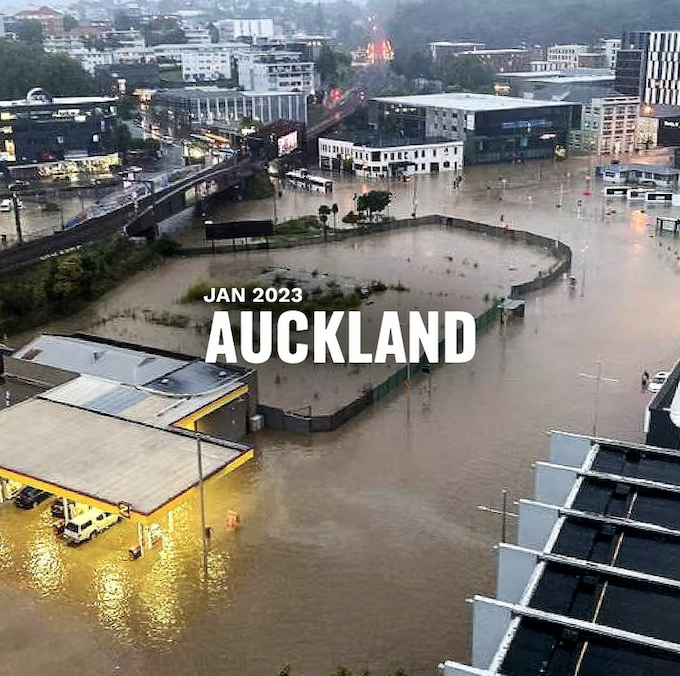
By Nick Young of Greenpeace
My family and I are lucky to have come through it unscathed, but my neighbourhood in Titirangi has been ravaged.
Many people here and around the wider region have lost their homes altogether.
I’ve seen people’s belongings out on the streets in piles ruined beyond repair, houses swamped and whole properties carved away by slips leaving them unlivable. It’s hard to imagine what that is like.
- READ MORE: Cyclone Hale: This is what the climate crisis looks like
- Other Auckland flash flood reports
And it made me angry.
Angry that this storm, and storms like it are now all made more intense by climate change that’s caused by industry that has been left to pollute unregulated for far too long. And this is only the latest in a series of similar climate floods in Aotearoa that have left people’s lives in ruin.
We’ve been let down by governments who have failed to regulate the dairy industry to cut methane emissions. They’ve failed to eliminate fossil fuels fast enough, and failed to redesign our towns and cities to be resilient enough.
They’ve known this was coming. Scientists have been saying it for years. Everyone’s been saying it. But still government has failed to act.
Confronting climate crisis
So as our communities come together to clean up after the floods and help make sure everyone has shelter, food and essentials, our resolve to confront and eliminate the causes of climate change is stronger than ever.
These climate floods have brought home the stark truth: People and communities are paying the price of a climate crisis that’s driven by corporate greed and governments unwilling to stand up to them.
I’ve also been inspired seeing the people coming together to help each other in a crisis. People helping out a neighbour, offering a place to stay, feeding tireless volunteers, donating bedding and clothes to the evacuation centres.
It shows me that we can work together to face the bigger challenges.
This is going to be a big year. With your help we can confront the dairy industry to reduce methane emissions. Together we can push our elected government to act to cut emissions from the biggest climate polluters.
- Tui Warmenhoven (Ngāti Porou) is the new chair of the board of Greenpeace and her home base is in Tairāwhiti, which was also recently hit by Cyclone Hale. She shares her personal perspective here: This is what the climate crisis looks like.
Nick Young is head of communications at Greenpeace Aotearoa. Follow him on Twitter. Republished on a Creative Commons licence.





